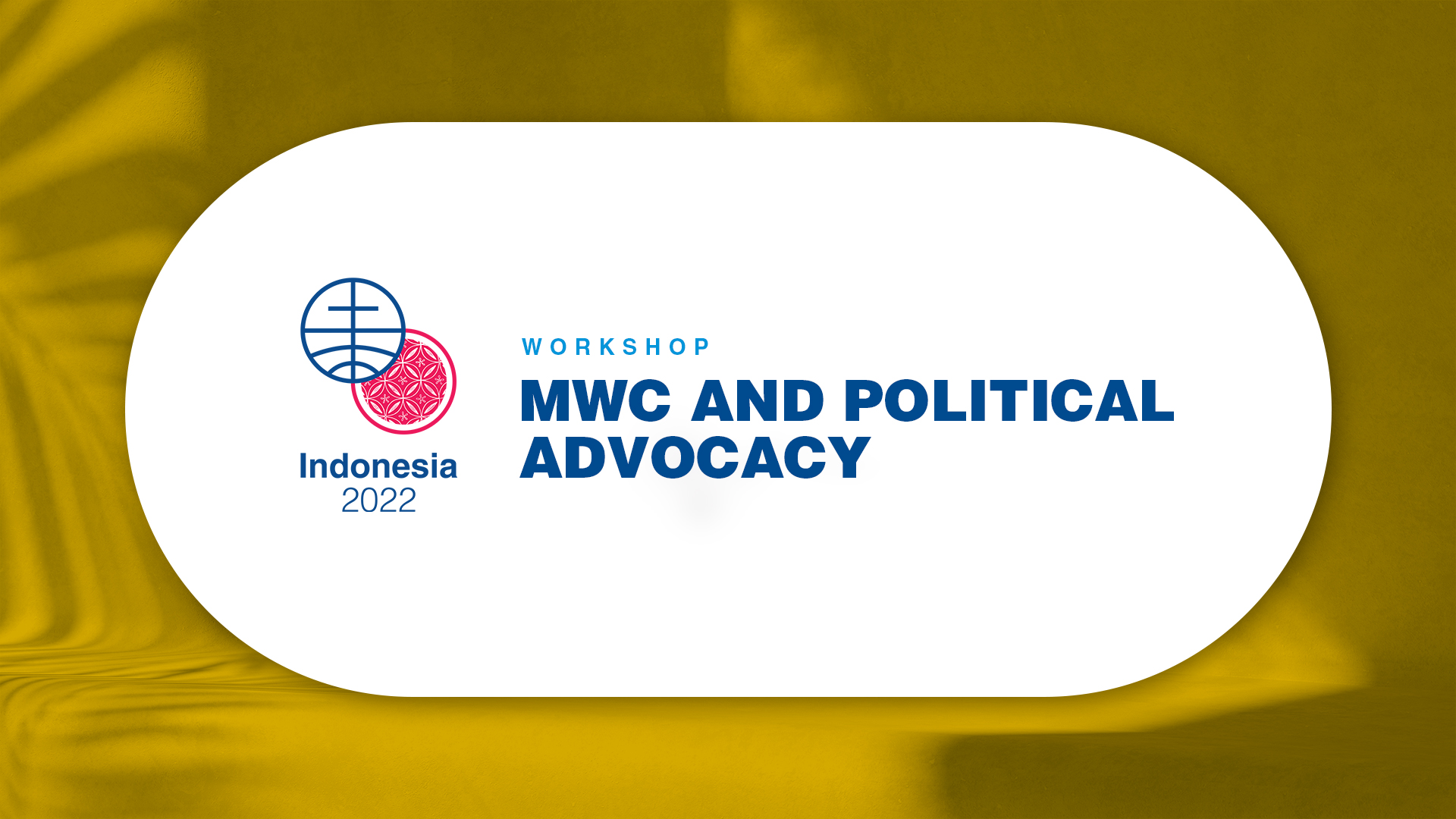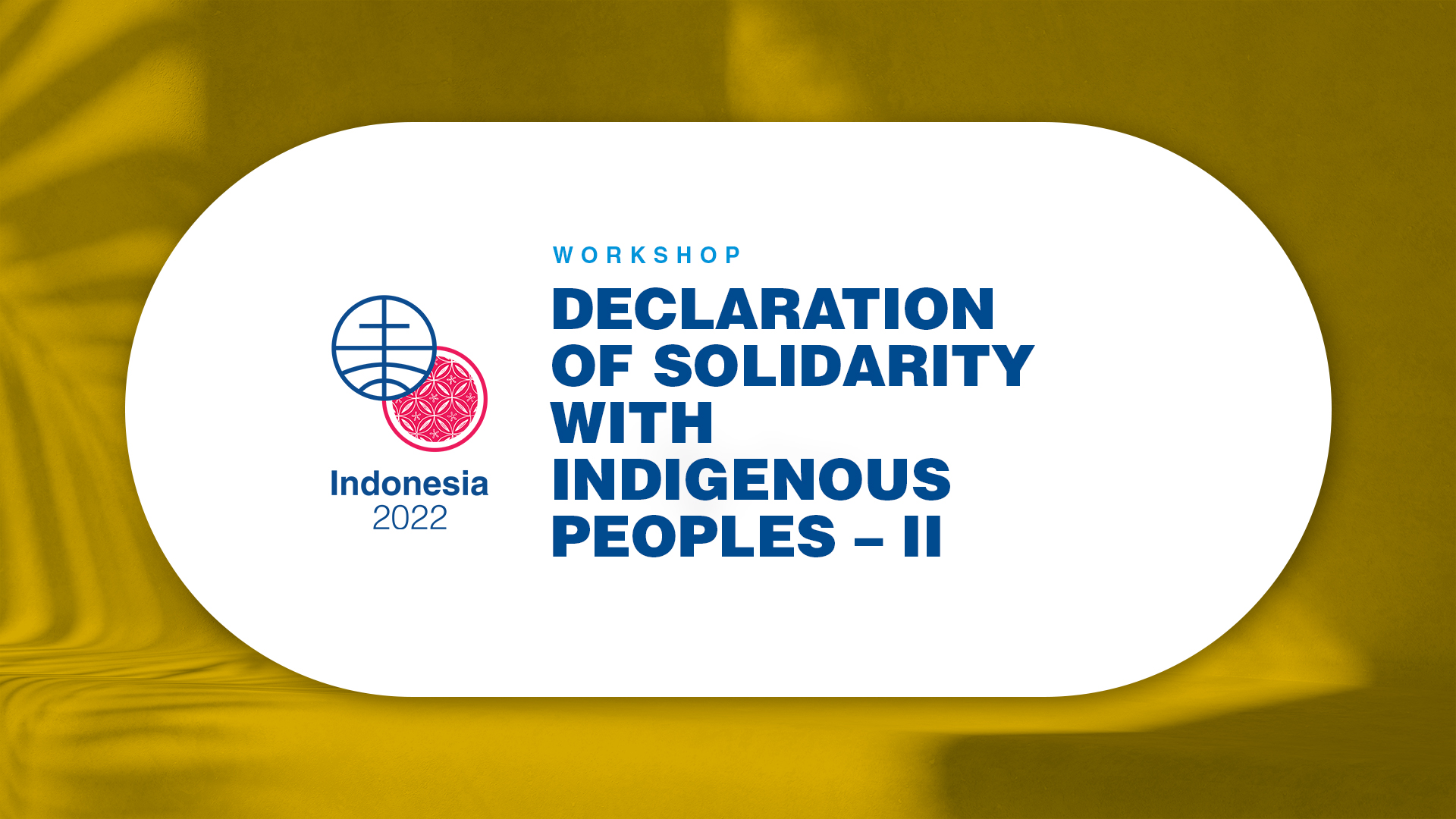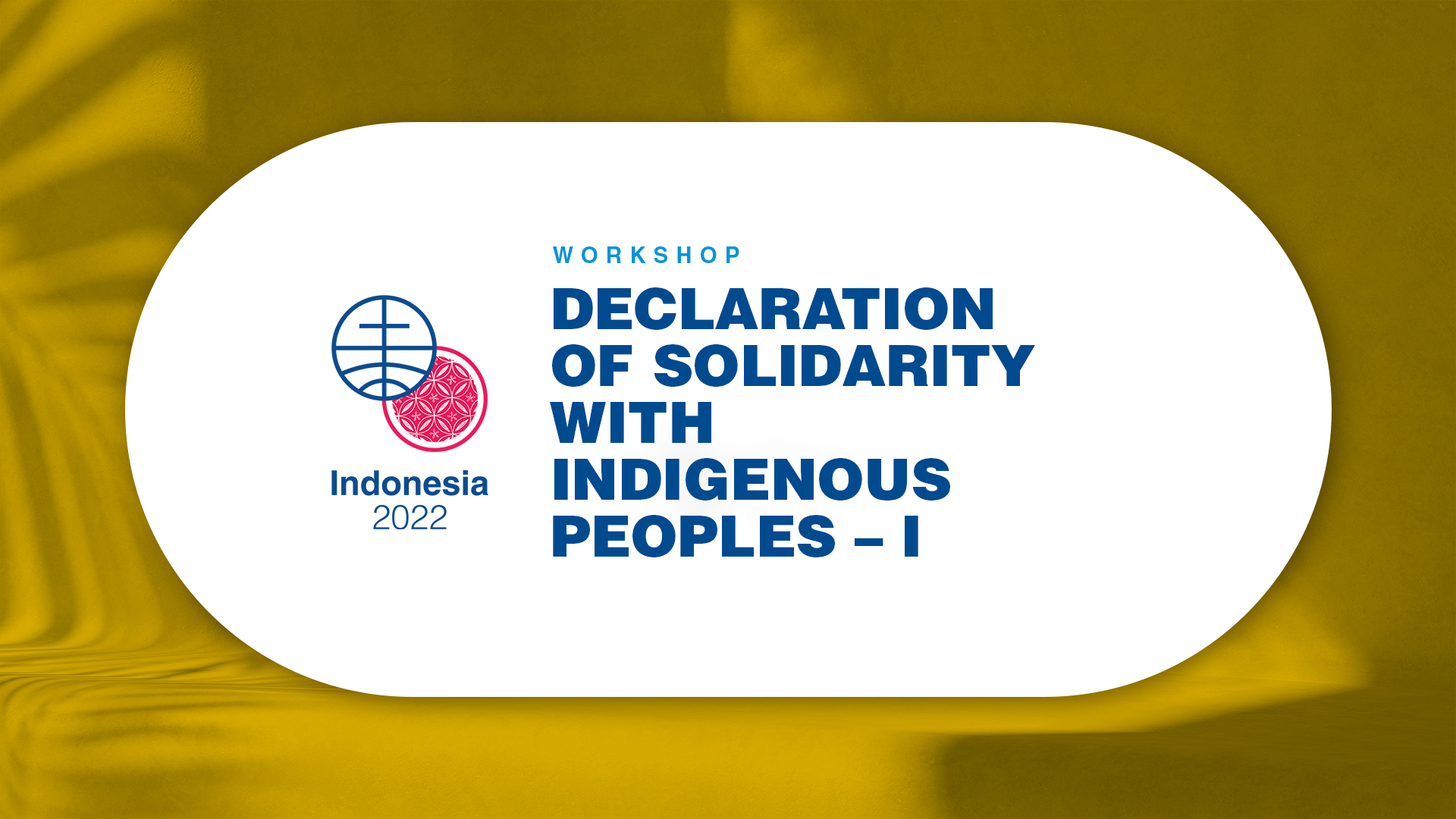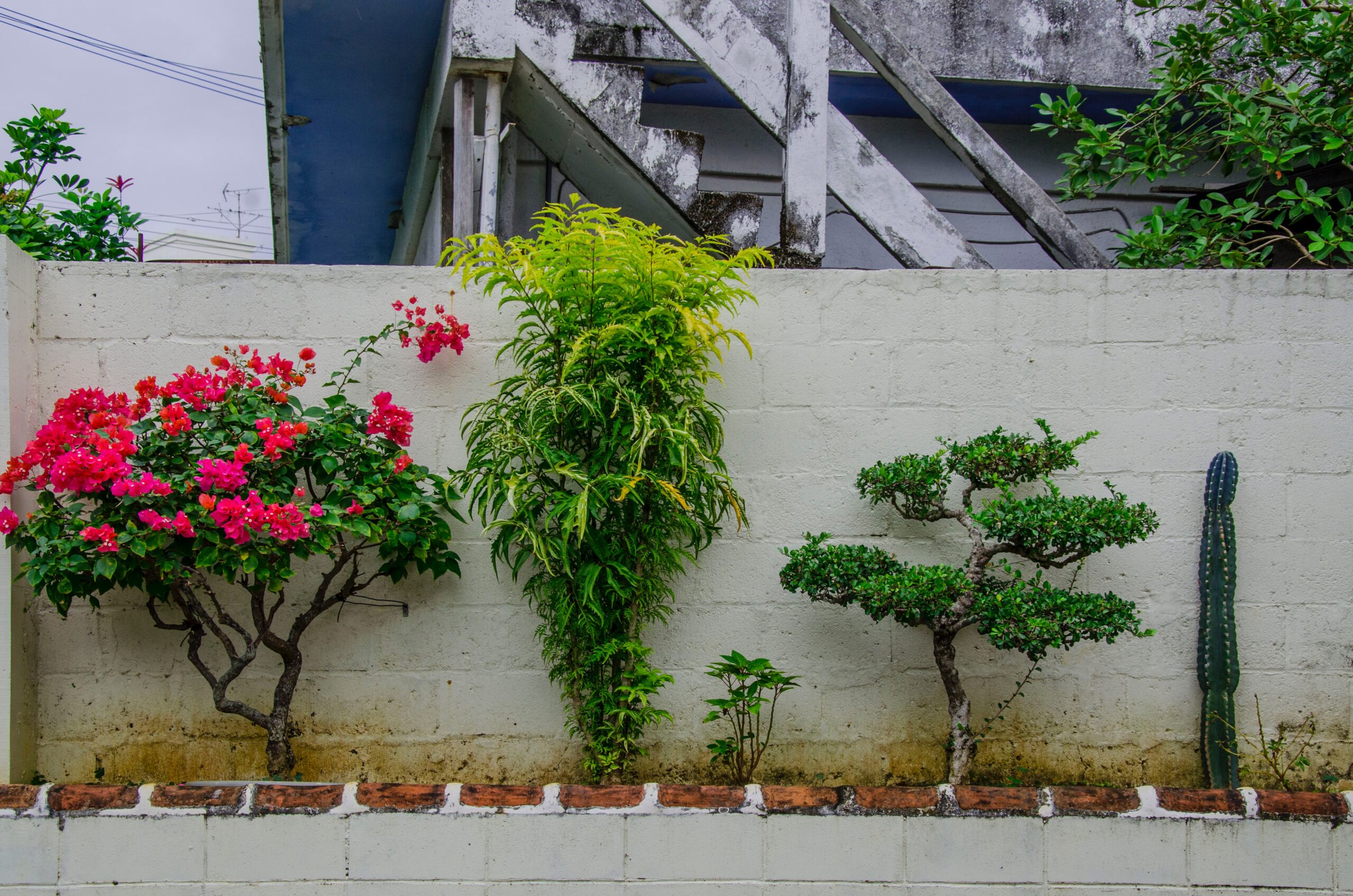-
MWC and Political Advocacy
Indonesia 2022: workshop This workshop will explore the way MWC gets involved in political advocacy and how MWC member churches can request such help. It will also explore how MWC can further support its member churches and some of their ongoing struggles. Presenters: Andrew Suderman is MWC Peace Commission secretary and a member of St.…
-
Membership Application to the Global Anabaptist Peace Network (GAPN)
The Global Anabaptist Peace Network (GAPN) is a network that seeks to connect and support peace organizations (agencies, schools, training programs, research projects, think-tanks, activist-focused initiatives, activists, scholars) that have emerged from and serve our global Anabaptist-Mennonite church communion. Our hope is to provide a supportive community as we work together at making our world a better…
-
Making peace a way of life
During the past two years, MWC asked member conferences for accounts of experiences in peacemaking. MWC’s Peace Council considered these stories during two days of meeting in Bulawayo, Zimbabwe, in August 2003. The following summary was developed out of that discussion. 1. Continuum of peacemaking activities: All Christians are called to be peacemakers, but this…
-
Declaration of Solidarity with Indigenous Peoples – II
Indonesia 2022: workshop The second workshop of this three-part series will look at current struggles of Indigenous Peoples and how MWC member churches and/or related organizations are walking with and standing in solidarity with Indigenous Peoples and their ongoing struggles. Presenters: Andrew Suderman is MWC Peace Commission secretary and a member of St. Jacob’s Mennonite…
-
Declaration of Solidarity with Indigenous Peoples – I
Indonesia 2022: workshop This three-part series explores the document that the Mennonite World Conference General Council approved in Kenya 2018. Presenters: Andrew Suderman is MWC Peace Commission secretary and a member of St. Jacob’s Mennonite Church (Mennonite Church Canada) and of Shalom Mennonite Congregation (Harrisonburg, Virginia, USA). Joji Pantoja is MWC Peace Commission chair, a…
-
Declaration on Conscientious Objection
In the world today there are still some countries that have mandatory military conscription, and there is a wide variety of policies toward conscientious objectors. The Universal Declaration of Human Rights (article 18) states that everyone has the right to freedom of thought, conscience and religion. In addition to the Christian foundation for exemption from military…
-
Dhuh Pangeran
Dhuh Pangeran / Oh Prince of Peace by Saptojoadi Sardjono
-
Esuno kokoro Jesus heart
Verse 1: Esuno Kokoro uchini (The heart of Jesus is reflected in my heart) Verse 2: Esuno Heiwa uchini (I have the peace of Jesus in my heart). Composer and performer: Mitsuru Ishido is a church leader with Tokyo Chiku Menonaito Kyokai Rengo, an MWC member church in Japan.



